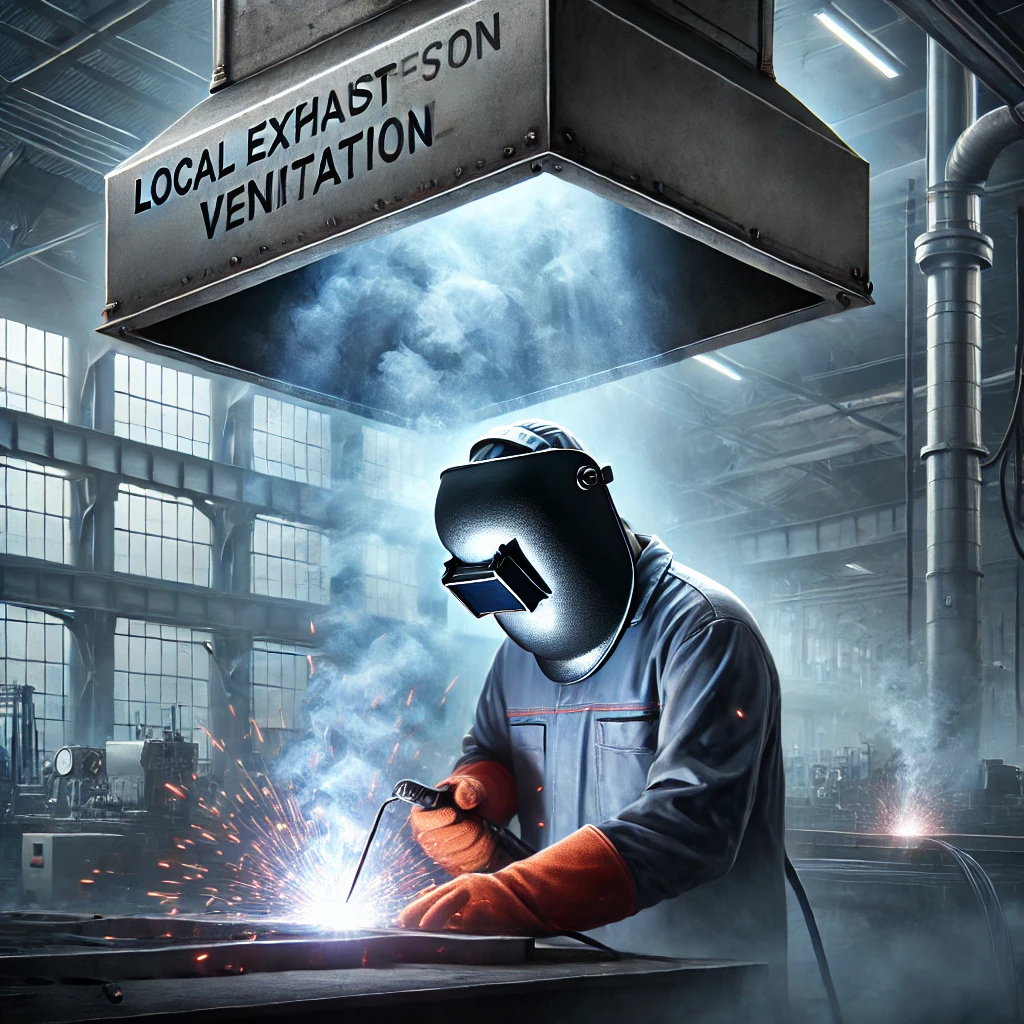The Critical Mistake in Local Exhaust Ventilation (LEV) System Design: Choosing the Wrong Hood
One of the biggest mistakes users make when implementing local exhaust ventilation (LEV) systems is failing to select the right hood for their process. Many assume that a basic canopy hood, maintenance arm, or simple extraction tube will work for all applications. This misconception stems from a lack of understanding about two critical factors:
1. The phase and type of contaminant (dust, mist, fume, or gas)
2. The energy dynamics involved (thermal, mechanical, or chemical reactions)
Why the Right LEV Hood Matters
A poorly designed LEV hood does not effectively capture contaminants at the source, allowing harmful substances to escape into the worker’s breathing zone. The purpose of local exhaust ventilation is to remove contaminants beforethey reach workers, but when the wrong hood is chosen, the system fails to function as intended.
Common Mistakes in LEV Hood Selection
• Using a canopy hood when a slot or enclosure hood is required
• Selecting a low-velocity hood for a high-energy contaminant release
• Designing hoods without considering airflow patterns and capture velocities
• Installing an excessively large hood, leading to unnecessary energy consumption
Another Critical Overlooked Factor: Air Supply & Room Pressure
Aerosol fumes being exhausted travelling towards the breathing zone instead of away from it. Pick your right vendor.
A common issue in LEV system design is that those developing metal fabrication or general engineering systems often suddenly become ventilation experts. They typically focus only on extraction while ignoring air supply and room pressure balance.
Here’s what often happens:
• LEV systems remove air from the room, but no provision is made for make-up air.
• This leads to extreme negative pressure in the workspace, which disrupts the entire ventilation system.
• Negative pressure causes uncontrolled air infiltration, potentially drawing in contaminants from other areas or affecting the efficiency of the LEV system.
To ensure a properly balanced LEV system, it is essential to:
• Include make-up air systems to replace extracted air at a controlled rate.
• Design the airflow pattern to avoid cross-contamination and turbulence.
• Prevent extreme negative pressure, which can reduce exhaust efficiency and cause unexpected airflow reversal.
The Key to Effective LEV System Design
To ensure maximum efficiency, every LEV system must be tailored to the specific process and contaminant characteristics. This involves:
• Identifying whether the contaminant is particulate, vapor, or gas
• Assessing the velocity and dispersion pattern of the contaminant release
• Selecting a hood type that creates the right airflow and minimizes worker exposure
• Designing the ducting, fan, and filter system to maintain optimal airflow and pressure
• Ensuring proper air supply balance to prevent negative pressure issues
Conclusion
A well-designed LEV system is not just about installing an extraction hood—it requires a holistic approach that considers hood design, airflow balance, and room pressure control. Many businesses fail to integrate make-up air, leading to severe negative pressure, which disrupts the efficiency of the ventilation system.
If you are struggling with LEV hood selection and air balancing, consult with an industrial ventilation specialist to optimize your system for maximum protection, compliance, and efficiency.

